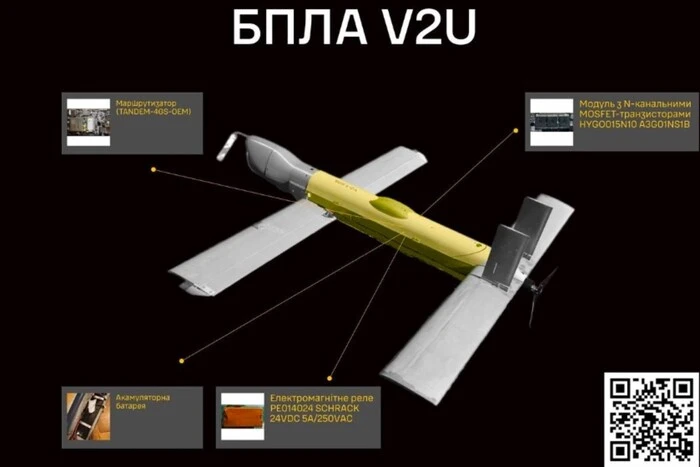Russians shelled two districts of Dnipropetrovshchyna, one dead and wounded.


Russian military attacked Nikopol and Kryvyi Rih districts
Throughout the day, Russian military attacked Nikopol and Kryvyi Rih districts several times. This was reported by the head of the Dnipropetrovsk OVA, Serhiy Lysak.
All day long, the enemy terrorized Nikopolshchyna. They hit with artillery and kamikaze drones. Nikopol, Pokrovska, and Marganets communities were under attack
As a result of the attack, one person died, four others were injured, including a child.
Five multi-story buildings, two educational institutions, the same number of administrative buildings, a post office, seven stores, a pharmacy and a hairdresser's were damaged. Some cars were also damaged.
Explosions also occurred in Kryvyi Rih district. The Hrushevska community was attacked by a kamikaze drone. There were no casualties or injuries there.
Attack on the city of Sumy
On September 17, the city of Sumy also became the target of a massive airstrike using enemy drones. This was reported by the Sumy regional military administration. As a result of the attack, substations were destroyed, and there were problems with electricity and water supply. Only a few traffic lights are working in Sumy, there is no electricity or communication. Thanks to backup power, critical infrastructure, such as water supply and hospitals, continues to operate.
According to local authorities, fortunately, there were no casualties. In addition to critical infrastructure, several summer houses were damaged.
Read also
- A large-scale air alert in Ukraine lasted 35 minutes
- The Russian Federation has started using a new drone with artificial intelligence: details from the intelligence
- We have considerable damage. The consequences of the night attack by the Russian Federation on Cherkasy are known
- Map of hostilities in Ukraine as of June 9, 2025
- Israeli military has detained a boat with Greta Thunberg on the way to Gaza (Video)
- Why the Russian Federation manipulates the issue of prisoner exchanges: explanation from the CPD










